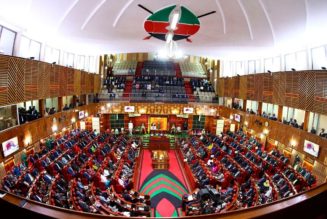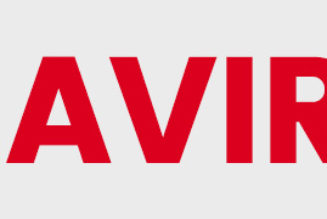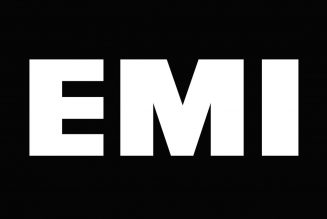Columnists
Kenya’s monetary policy behind curve
Wednesday February 22 2023
The Central Bank of Kenya in Nairobi. FILE PHOTO | NMG
The Monetary Policy Committee (MPC) of the Central Bank of Kenya (CBK) met on January 30, 2023 to, inter alia, review the outcomes of its previous rate decisions. The team then decided to retain the policy rate, the central bank rate at 8.75 percent.
Despite the neutral stance, the committee is way behind the curve, given developments in the global economy.
Broadly, monetary policy transmission mechanisms describe how policy-induced changes in short-term interest rates or the nominal money stock impacts variables such as output, prices, lending rates, the exchange rate and stock market prices.
In Kenya, the previous empirical literature has identified four money policy transmission channels, namely interest rate, credit, exchange rate and asset prices.
All these four channels have been subjected to empirical tests to determine their impacts on output and prices, and the results have shown that the exchange rate channel bears statistical significance for a small open economy such as Kenya.
Essentially, the tight monetary policy makes domestic assets more profitable vis-a-vis foreign assets, resulting in capital inflows, thereby appreciating the exchange rate. This makes imports cheaper, thus easing inflation.
Read: CBK ends rate hikes as inflation slows
This inference reinforces the view that trade balances don’t determine exchange rates. Instead, exchange rates are determined by capital flows.
And this is evident in currency unions. For instance, Germany runs a trade surplus while Spain has a deficit, yet they both share a common currency.
Consequently, an appropriate monetary policy needs to counter Fed, ECB and BOE risks. Most of the capital is domiciled in Europe and the United States.
Interest rates in these markets have been on an upward trajectory. Specifically, the US Federal Reserve (the Fed) has continued to raise its base rate on US Dollar and the rate is now projected at around five percent.
Similarly, the Bank of England (BOE) has raised its base rate on the Sterling Pound to 4.00 percent (and is yet to peak).
The European Central Bank (ECB) is yet to hit the peak of its interest rate on the main Euro refinancing operations and the interest rates on the marginal lending facility.
At these pre-peak steep levels, achieving stickiness in capital flows into emerging and frontier markets calls for counterbalancing these rate rises in the US and Europe.
As a result, emerging and frontier markets, such as Kenya, must now put more premium on returns on domestic assets. Which means raising rates to even higher levels.
A simple interest rate parity calculation between Kenya and the US drives the point home. Using a forward rate of Sh130 per USD, which is the level at which commercial banks have been executing foreign exchange trades, I calculated the interest rate differential between the Kenya Shilling (KES) and USD, based on the current Fed funds rate of 3.75 percent.
The calculation results in an interest rate differential of 6.4 percent.
This means that an investor holding USD, currently yielding a base rate of 3.75 percent, and looking to invest in KES-denominated assets should earn an interest rate premium (or differential) of 6.4 percent over current KES interest rates.
Essentially, Kenya’s policy rate should be around 15.15 percent. There is also the argument that the MPC’s policy rate at 15 percent levels would tighten private sector financing conditions by way of slowing down credit growth.
This argument doesn’t hold. First, empirical evidence suggests that increases in lending rates are not strongly translated to lower credit to the private sector.
Additionally, given the oligopolistic market structure in the banking sector in Kenya, banks have, over time, shown reluctance to respond to any innovations in the policy rate.
Hence changes in the policy rate may have little impact on credit conditions due to banks’ practice of keeping spreads constant, as well as inelastic demand for credit.
Beyond being caught behind the curve, policy signalisation also needs enhancement. In an inflation-targeting (IT) monetary policy regime (which the MPC has, through a white paper, sought to adopt), language and communication are core policy tools which offer a platform for any central bank to reinforce credibility in financial markets.
Read: Inflation, shilling tests as CBK holds MPC meeting Wednesday
Broadly, monetary policy in Kenya has been rather subdued and cannot provide sufficient counterbalance measures against the Fed rate shocks.









